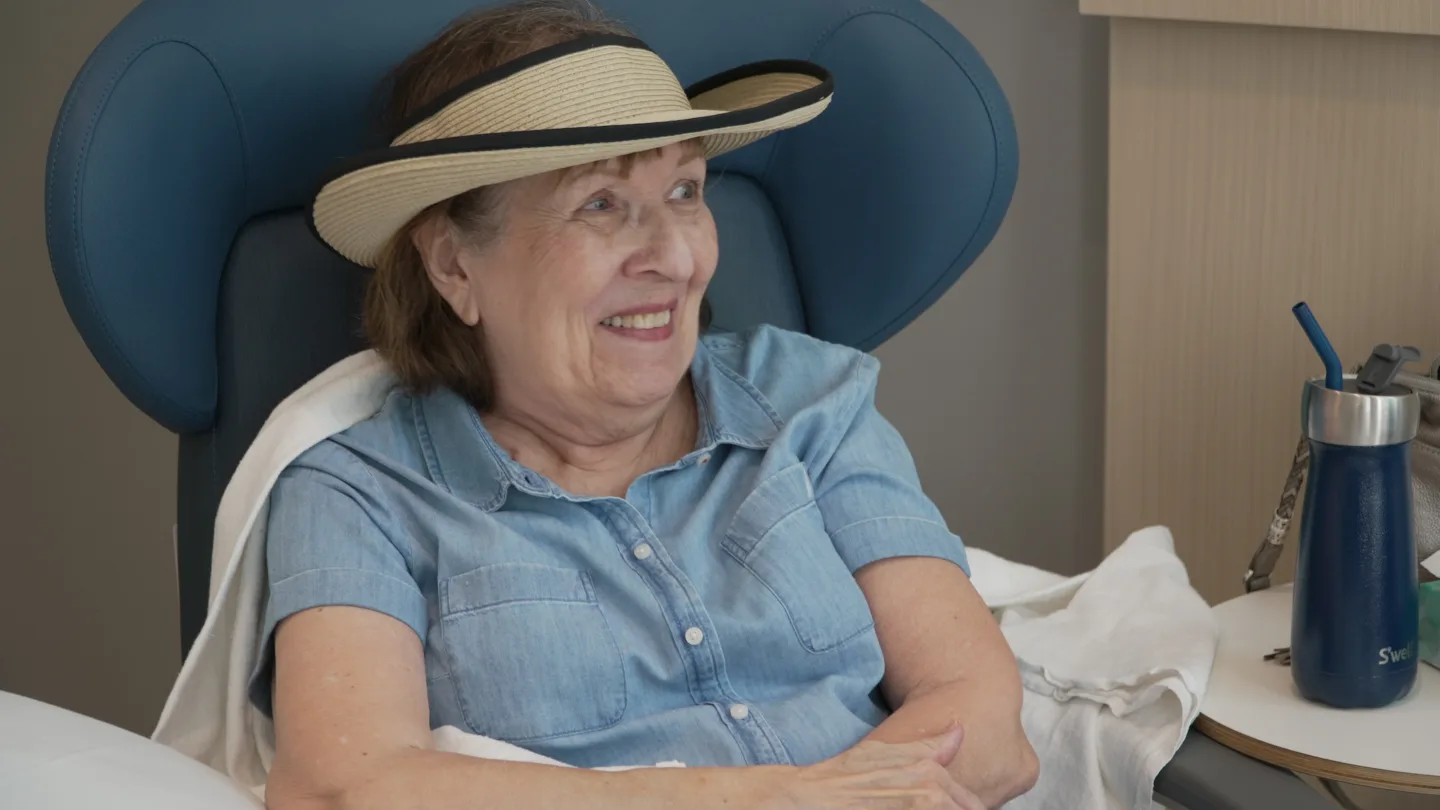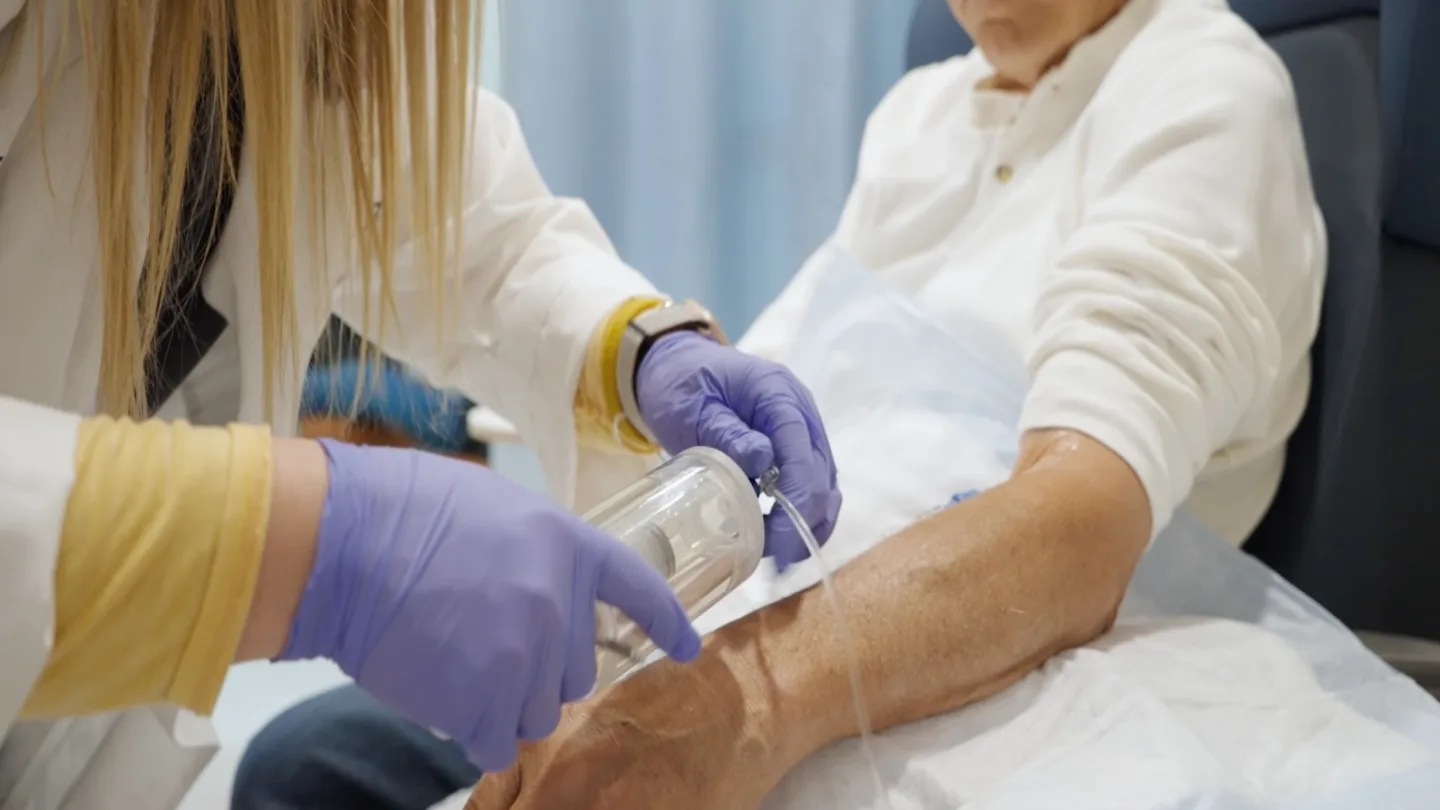
This year, nearly 2 million people in the U.S. will hear the words, “You have cancer.” Of those, 600,000 will die from it. And despite increased awareness, screening options, and advancements in treatment, incidence rates for some cancers are rising.
Prostate cancer incidence increased by 3% annually from 2014 to 2019, and it’s estimated 35,000 men will die from it in 2024. For providers on the front lines of detecting and treating this deadly disease, hope is being found in the rapidly emerging field of medicine called Theranostics.
The Rise of Theranostics
While Theranostics has existed since the early 1940s, it’s only now gaining traction. Theranostics leverages unique target molecules found in or around cancer cells to deliver targeted radiation. Signals emitted from a molecular imaging agent are captured by PET scans, illuminating the location of cancer. Radiopharmaceutical therapies deliver focused radiation to cancer cells, destroying the cell’s DNA with very little impact on surrounding tissue.
The only current FDA-approved therapies are for prostate cancer and neuroendocrine tumors. The therapy for prostate cancer, lutetium (Lu 177) vipivotide tetraxetan, targets prostate-specific membrane antigen (PSMA), which is present on many prostate cancer cells.
Dr. Brandon Mancini is the Medical Director at BAMF Health, the world’s largest Theranostics center. Through imaging and treating patients using radiopharmaceuticals every day, he is seeing remarkable outcomes.

BAMF Health Medical Director
“Roughly one-third of our patients experience an 80–90% drop in PSA after 2–3 treatments,” Dr. Mancini shares. “About 50% of patients have a 50% decrease in PSA, and anywhere from 10–20% see no response after treatment. But clinical trials at BAMF Health can be an option for those who don’t respond.”
What to tell your patients about radiopharmaceuticals
Dr. Mancini says radiopharmaceuticals are very safe and have very few, if any, side effects. Most of his patients can participate in everyday activities and sports on the same day or the day after. The most common side effects he sees are mild fatigue, mild nausea in the evening or the day after, mild blood count changes, and dry mouth.
What to Expect with Molecular Imaging
Patients who need molecular imaging will receive a PET/CT or PET/MR scan. The imaging drug is administered through IV, and the uptake time is typically 60–75 minutes. Most traditional PET scans take around 40 minutes to complete.
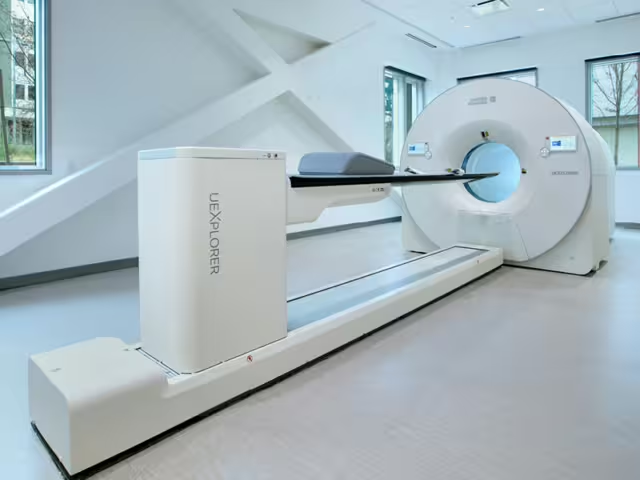
“Because we have one of the most advanced PET/CT scanners at BAMF Health, our scans take less than five minutes,” continues Dr. Mancini. “Our total-body PET/CT test scans the entire body at once, whereas traditional tests scan only small sections of the body.”
The half-life of imaging drugs is so short that patients are free to leave their appointment with no fear of exposing others to radiation.
What to Expect with Radiopharmaceutical Therapy
When patients arrive for a therapy appointment, they can expect to receive one IV containing fluids, the therapy drug, and potentially anti-nausea medication. At BAMF Health, patients are given a private room with a private bathroom. They are also offered drinks and snacks during their visit.
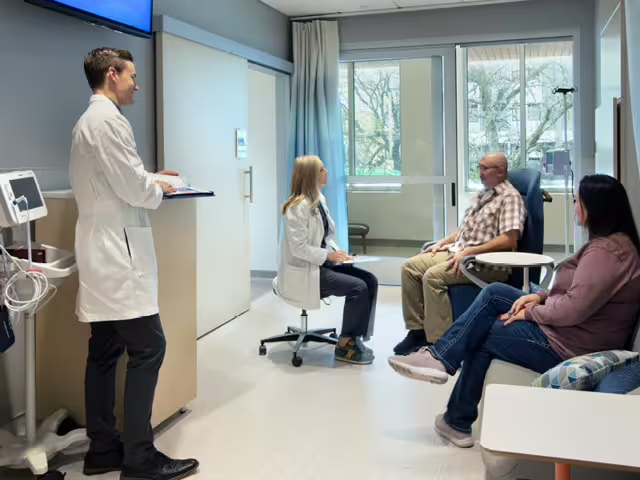
The radioactive drug is administered by a nuclear medicine technologist, and the infusion can take anywhere from one to 40 minutes. Prostate cancer patients can expect their therapy stay to last 2.5–3 hours. For neuroendocrine patients, the stay is usually around five hours. Patients typically receive six treatments, once every six weeks.
It’s important that patients know they are still radioactive when they leave. While it is safe to go about their day as normal, they should stay at least three feet away from others for three to 14 days, as advised by their provider.
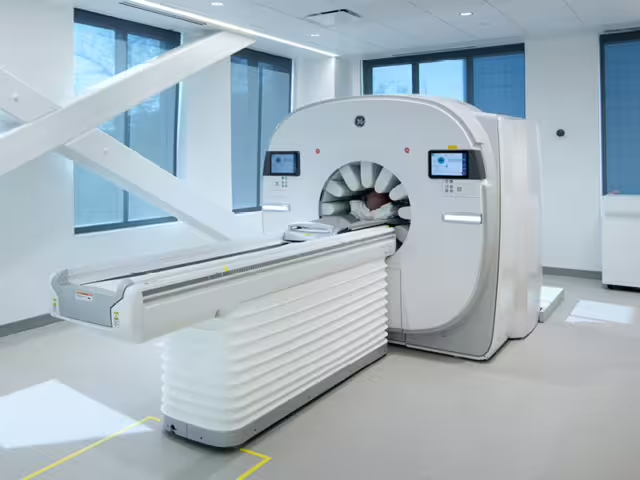
“We have a very unique approach to Theranostic care at BAMF Health. Within 24 hours of therapy, we bring patients back in for a SPECT/CT scan, and immediately discuss the results face-to-face,” Dr. Mancini explains. “That dosimetry data enables us to make precision-based treatment decisions at every cycle, which often results in fewer cycles overall. It also provides patients with immediate feedback and can reduce the anxiety associated with waiting for results.”
Theranostics Can Be Your Patients’ Last Hope
FDA-approved radiopharmaceutical therapies for prostate cancer and neuroendocrine tumors are currently only available to patients who have exhausted all other options. In many cases, these therapies are a patient’s only remaining hope.
While these therapies are not a cure for metastatic cancer, they’ve been proven to extend patients’ lives for months or even years. They can also significantly improve a patient’s quality of life.
Many expect these drugs to become a first-line option for cancer patients in the very near future. And long term, radiopharmaceuticals could replace chemotherapy and even biopsies. Theranostics is the future of cancer care—giving patients more birthdays, more holidays, and more time with the ones they love.


